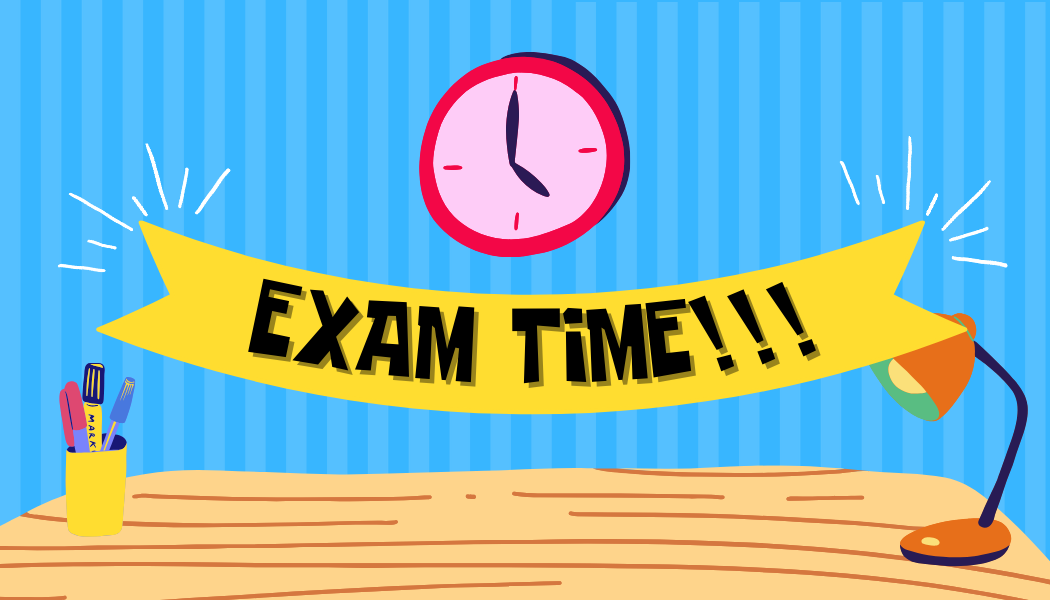The Multiplier Game: Part 2 Study Questions
Make your brain bigger and business more valuable.
Multiple Choice Questions
Question 1: What was Digital Peak Marketing’s EBITDA when Robert Johnson went to market?
A) $8.4 million
B) $3.2 million
C) $2.1 million
D) $12.6 million
Question 2: What was Robert’s client retention rate, and why did buyers view it negatively?
A) 95% retention; buyers thought it was too good to be true
B) 82% retention; buyers saw it as 18% revenue loss that had to be replaced annually
C) 75% retention; buyers considered this below industry standard
D) 90% retention; buyers didn’t view it negatively
Question 3: Using the formula Multiple = 1 ÷ Required Rate of Return, what multiple corresponds to a 33% required rate of return?
A) 2x multiple
B) 2.5x multiple
C) 3x multiple
D) 3.5x multiple
Question 4: Which two risk categories were primarily responsible for destroying Robert’s valuation?
A) Customer Concentration and Key Person Dependency
B) Revenue Reliability and Operational Ambiguity
C) Key Person Dependency and Revenue Reliability
D) Customer Concentration and Operational Ambiguity
Question 5: How much value could Robert have preserved with his $160,000 systematization investment, and what ROI does this represent?
A) $2.35M preserved; 1,400% ROI
B) $3.35M preserved; 2,000% ROI
C) $4.85M preserved; 1,600% ROI
D) $5.25M preserved; 3,200% ROI
Essay Questions
Question 6: Explain the concept of “revenue without reliability” using Robert Johnson’s case as your primary example. Why did buyers view his 82% retention rate as a weakness rather than a strength? Include in your answer how this perception affected the required rate of return and resulting valuation multiple, with specific numbers from the case study.
Question 7: Robert told buyers, “We’re a creative agency. Every client is different. We customize everything.” Analyze why this statement, intended to demonstrate value and flexibility, actually reinforced buyer concerns about operational ambiguity. What specific documentation gaps did due diligence reveal, and how should Robert have responded to the customization question differently?
Question 8: Compare and contrast Robert Johnson’s situation with either Billie Holiday’s customer concentration problem or Buddy Guy’s key person dependency issue. Identify at least three similarities in how operational risks destroyed enterprise value across these cases, and explain why all three business owners failed to recognize their vulnerabilities before going to market.
Question 9: Robert’s investment banker outlined a three-phase, 18-month plan requiring $160,000 in investment. Critically evaluate this plan’s feasibility and potential challenges. What assumptions are built into the expected outcome (5.5x multiple, $10.7M valuation)? Identify at least two implementation risks that could prevent Robert from achieving the projected results, and suggest how he could mitigate these risks.
Question 10: The case study states that “buyers purchase predictability and transferability, not just profitability.” Using Robert Johnson’s experience and the broader framework from the blog (including the formula Multiple = 1 ÷ Required Rate of Return), explain why two agencies with identical $2.1M EBITDA can have valuations that differ by $5+ million. In your answer, discuss how this insight should change the way business owners allocate capital in the 3-5 years before a planned exit.
Keep reading with a 7-day free trial
Subscribe to YBAWS! Growing Corporate Value and Marketability to keep reading this post and get 7 days of free access to the full post archives.


